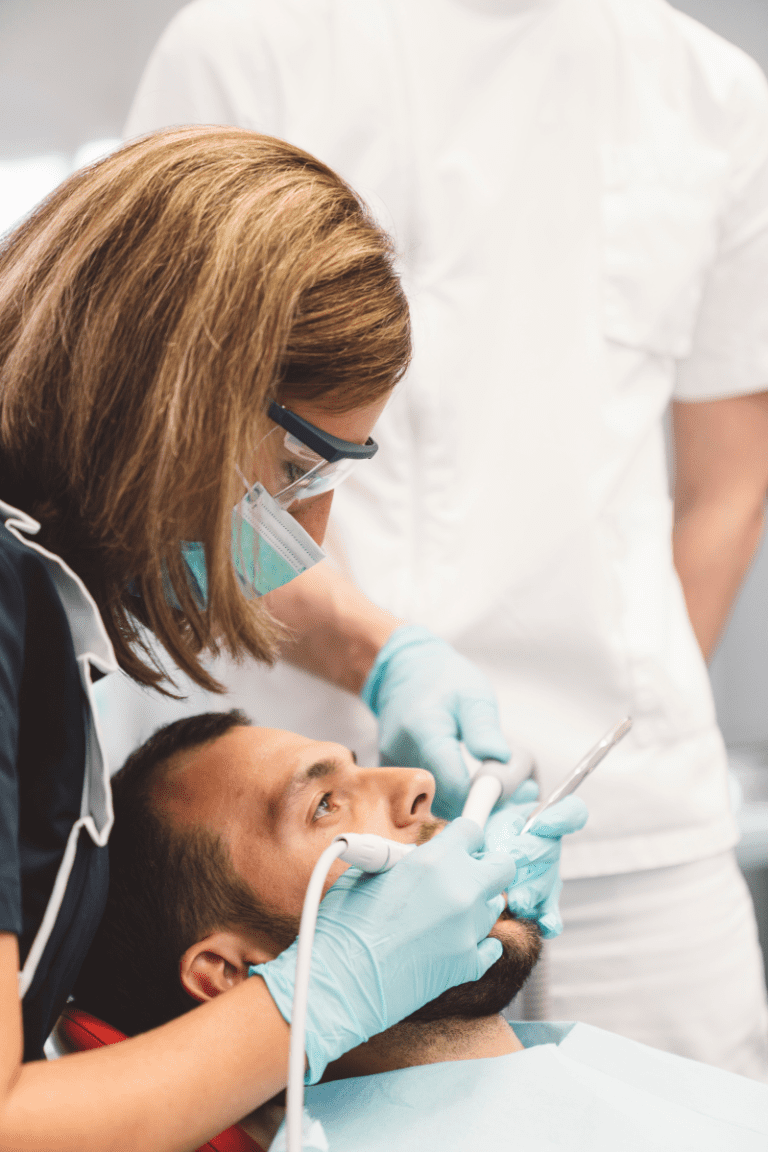Breast Cancer – A Guide to Breast Cancer Screening

While breast cancer screening cannot prevent a woman from getting breast cancer, it can increase her chances of survival if the disease is found early. Screening includes regular clinical breast examinations and mammograms, as well as self-exams. But breast cancer screening can lead to callbacks, unnecessary biopsies, and anxiety and stress. And it may miss some cancers or find abnormalities that will never cause a problem.
Mammograms
Women can use mammograms, a low-dose x-ray of the breast, to find breast cancer tumors. In clinical trials, mammograms have been shown to reduce the number of deaths from breast cancer. However, women with a malignant tumor that is very fast-growing or aggressive may die from it even if it is found and treated at an early stage. Mammograms are beneficial in finding a breast lump before it can be felt. They can also find ductal carcinoma in situ (DCIS), where abnormal cells line the breast duct and might later develop into more invasive cancer. The best way to help prevent DCIS from becoming invasive cancer is to have routine screening mammograms beginning at age 40. DCIS and other abnormalities can be hard to distinguish from normal tissue. Screening mammograms often show something that appears to be cancer but, in reality, is not (called a false positive). And some breast cancers are missed and can be diagnosed later when the symptoms are more noticeable and harder to miss (called a false negative). Women need to talk to their doctors about the pros and cons of screening tests and exams. The doctor can explain how the test works and what the risks are. Then, the woman can decide with her doctor whether to have the test or not and when to start having it.
Breast Self-Exams
In addition to a monthly mammogram, breast cancer patients should perform a self-exam consistently. This will help them become familiar with the feel of their breasts and make it easier to recognize any abnormal changes. It is recommended that patients do a breast self-exam every month, at the same time each month. The best time to do this is about three days after the start of your period, as this is when your breasts are usually less lumpy. While no randomized clinical trials have directly evaluated the effectiveness of breast self-exams, the U.S. Preventive Services Task Force and the American Cancer Society (ACS) recommend that women be encouraged to perform regular breast self-exams as a supplement to routine mammography screening. Patients should be informed that while self-exams can be an effective tool in the earliest detection of breast cancer, they are not an alternative to mammography. Many patients are unaware of how a physician can detect breast cancer or may not know they are at risk for the disease. Educating patients on these topics can help them be more proactive about their screening and treatment options. It can also reduce the number of unnecessary tests and biopsies due to false-positive findings.
Breast MRIs
Magnetic pictures are large magnets, radio waves, and a computer to make detailed pictures of areas inside the body. It appears to use radiation. It can help find some breast cancers that might not appear on mammograms or ultrast and can help a doctor decide whether an area of tissue is a tumor. It may be used to find a tiny breast cancer or a tumor that has grown back after surgery. MRI is most often done when there is an abnormality that a mammogram or ultrasound cannot explain. While breast MRIs offer detailed imaging, it’s essential to understand all diagnostic tools available. Comprehensive information on various diagnostic methods, from mammography to MRIs, helps in making informed decisions about breast cancer screening and diagnostics. For more insights into these imaging techniques and their applications, see more. This knowledge can empower patients and healthcare providers to choose the most appropriate diagnostic approach.
It can also be done to check for a very early type of breast cancer called ductal carcinoma in situ or DCIS. DCIS is when abnormal cells line the breast duct and, in some cases, can become invasive cancer. MRI can also look at the lymph nodes in the armpit, which can sometimes indicate that cancer has spread to those glands. Research has shown that MRI can find some breast cancers too small to be seen on mammograms or ultrasounds. However, MRI is more likely to find things that are not cancer (called a false positive). This can lead to women having more tests or biopsies than they need. In addition, MRI is expensive and is not covered by all insurance companies. Research has not yet shown that screening with MRI reduces the chance of dying from breast cancer in women at average risk.
Breast Biopsies
A breast biopsy is the only way to tell if a lump or other breast change is cancerous or precancerous. Sometimes doctors can use ultrasound or MRI to guide a needle or wire into the abnormal area and take tissue samples for testing. Other times, a surgical biopsy may be needed to remove the suspicious breast area. During a needle biopsy, doctors make a small cut in your skin and then insert a hollow needle with a cutting tool attached. Then, they extract several tissue samples from the suspicious area. You might hear the needle click as each sample is taken. Your doctor will probably use a local anesthetic to numb the area for this procedure. Your doctor might also use sentinel node biopsy to pinpoint the first lymph node a tumor drains into (these are often the first ones to be invaded by cancer). For this, your doctor will put a radioactive tracer or blue dye into a few of your lymph nodes near the area where the biopsy will be done. They will then watch those lymph nodes to see if they get darker or brighter, indicating that cancer cells are in the lymph nodes. Before your biopsy, your doctor will want to know if you have any allergies to latex, tape, or anesthesia medicines (local and general). It would be best to tell your doctor about any medications you are taking, including over-the-counter drugs like aspirin or ibuprofen, which can affect blood clotting.









